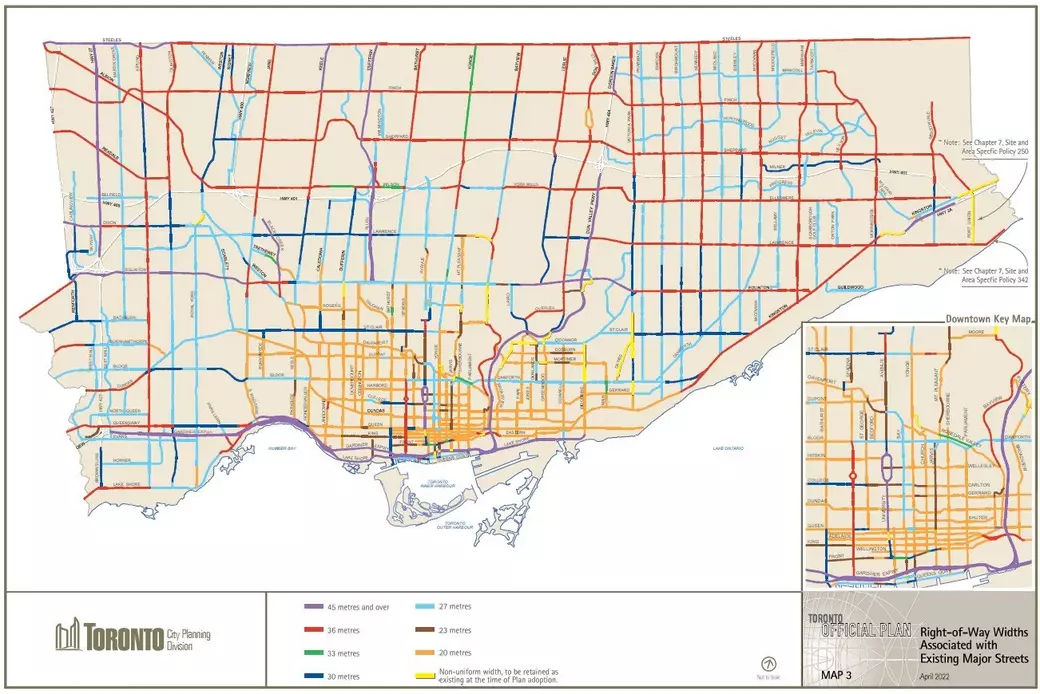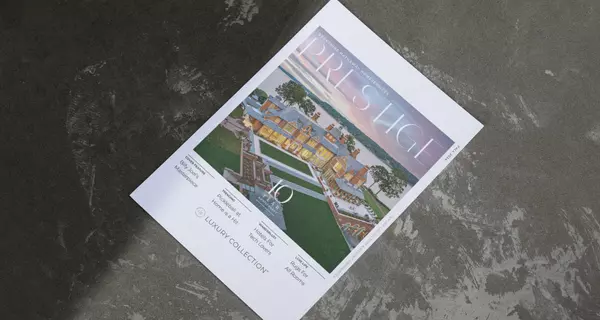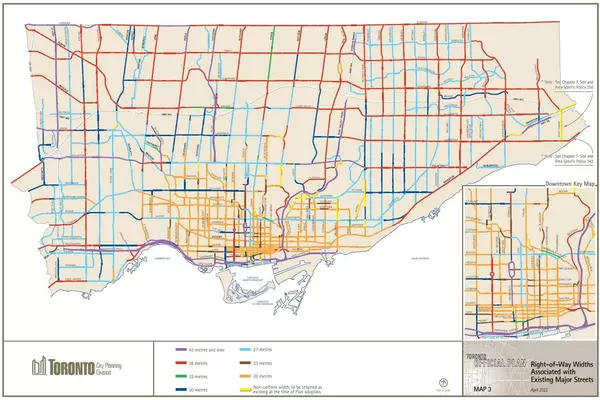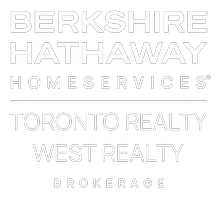In a landmark decision, Toronto City Council voted 21-3 to approve the Major Streets plan, paving the way for more townhouses and six-storey residential buildings on major streets in residential areas. This move aims to create gentle density, increasing housing options and transforming the city's urban landscape.
Under the new plan, properties located on designated "busy streets" (See map below) will be able to build up to 60 units and up to 6 storeys "as of right". This means that no special permission is required as long as a proposed development meets the City's zoning criteria.
Key Highlights:
-
Townhomes and small residential buildings can now be built on specific major streets without rezoning applications
-
Apartment buildings can have up to 60 units and be up to 6 storeys
-
31,000 lots across the city will be opened up for development
- Properties that may have once been "less desireable" will see an increase in value
- Developers and investors have new lucrative opportunities
"Major Streets" Map:
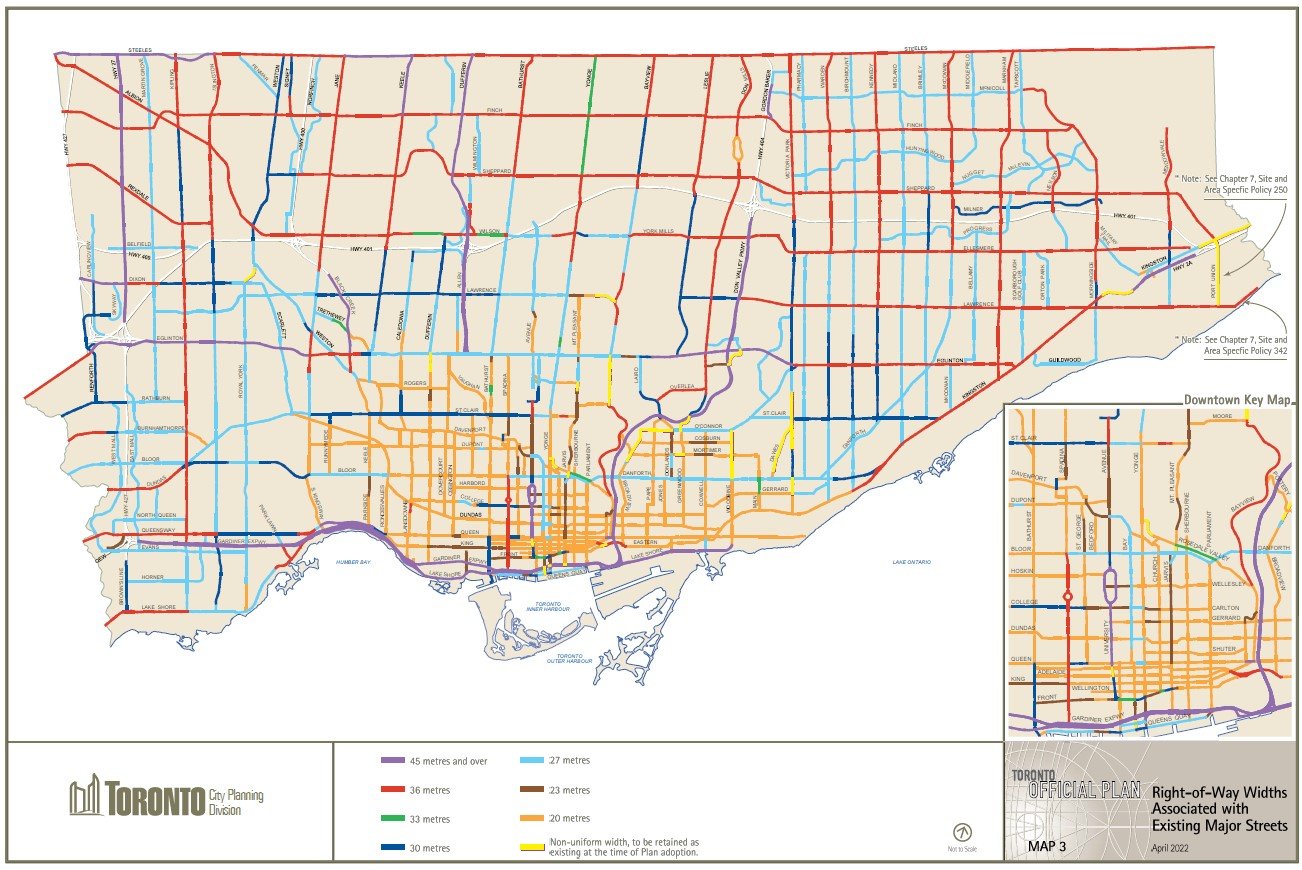
Aiming for Housing Diversity:
The goal is to provide a full range of housing options, making Toronto more affordable and livable. By expanding permissions for townhouses and low-rise housing, the city can:
-
Support those who cannot afford detached or semi-detached homes
-
Contribute to neighborhood stability
-
Benefit families and young Torontonians looking to set down roots
- Improve/reduce development costs
Addressing Housing Affordability:
Toronto's housing market has long been characterized by high prices and limited options. The Major Streets plan aims to address this by increasing the supply of affordable housing, particularly in areas with good access to transit and amenities.
Unique Investment Opportunity:
There are a number of factors that make this a unique and lucrative investment opportunity for developers and investors.
1. Properties on "busy streets" are typically priced much lower than on more desirable streets. This is a short term opportunity that will most likely change moving forward.
2. The scale of the project provides more economies of scale when compared to a smaller tri-plex or four-plex investment. This provides investors with a higher and safer return on investment.
3. The projects allow for commercial financing options including the incredible CMHC MLI Select program. This program, outlined in a previous blog, allows for up to 95% purchase and construction financing, up to 50 year ammortizations as well as low fixed rates.
Building on Previous Initiatives:
This move follows recent gentle density initiatives, including:
These initiatives demonstrate the city's commitment to increasing housing options and promoting more efficient use of land.
A New Era for Toronto's Housing Landscape:
The Major Streets plan marks a significant shift towards creating more inclusive, diverse, and sustainable communities. By embracing gentle density, Toronto is taking a crucial step towards addressing housing affordability and providing more options for its residents.
What's Next?
As the city moves forward with implementing the Major Streets plan, residents can expect to see more townhouses and low-rise apartments popping up along major streets. Developers will have more flexibility to build innovative, family-friendly homes, and neighborhoods will become more vibrant and diverse.
Conclusion:
The approval of the Major Streets plan is a significant victory for Toronto's housing landscape. By embracing gentle density, the city is prioritizing affordability, sustainability, and community. As Toronto continues to grow and evolve, this move will play a crucial role in shaping its future as a livable, inclusive, and thriving city.
